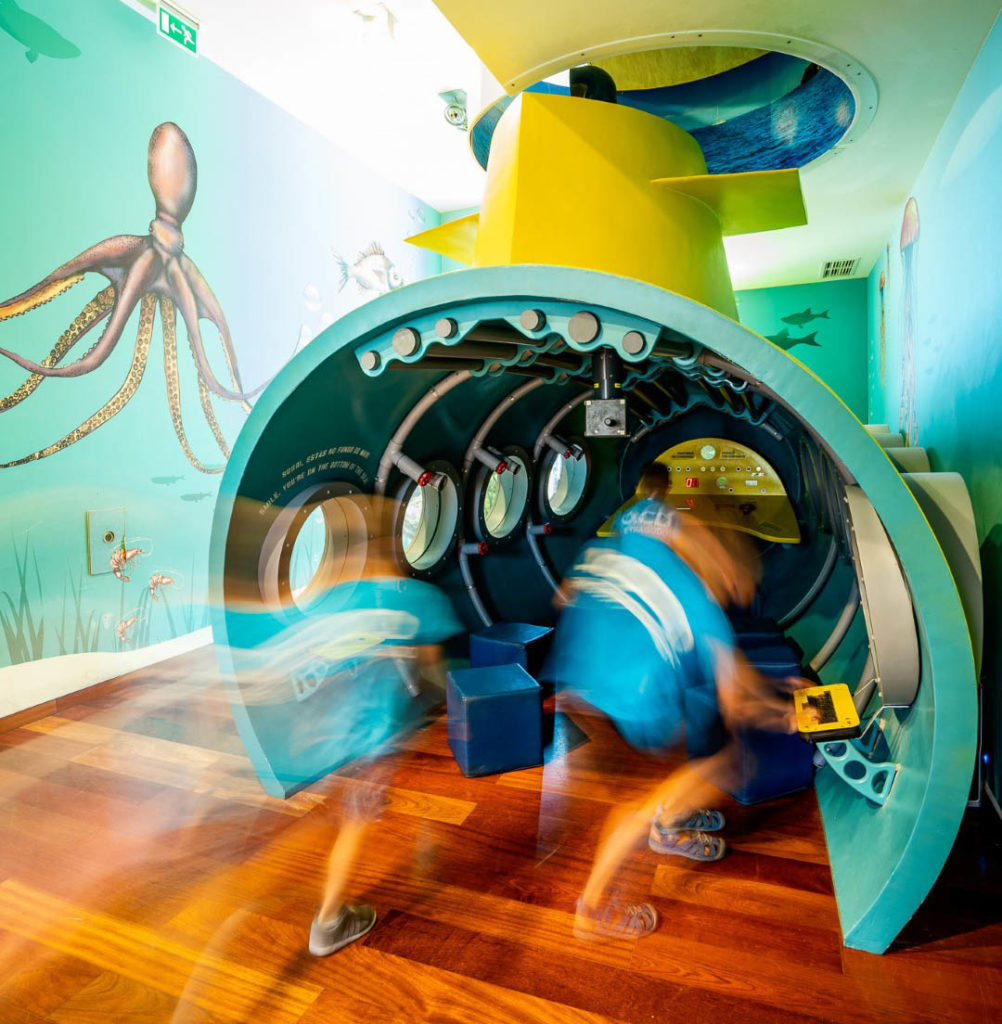Due to the pandemic, declared during the beginning of 2020, and its enormous social and economic consequences, but also in cultural consumption habits, Museums and Science Centers, like many other cultural organizations, had and will continue to adapt to a new set of realities.
What are the new realities facing Museums and Science Centers?
The new challenges are both external to the organization, namely its visitors, and internal, in the functioning of its team and in the different methods of visiting and carrying out activities. These two axes of pressure for change will condition action for the more or less near future of Museums and Science Centers.
Focusing on new realities outside the Museums, these are directly related to one of the main reasons for their existence: visitors.
The visitor's experience as a consumer of culture, whether in the strictest sense or in a broader and more complete sense, which includes scientific culture, is, at the end of 2020, necessarily very different from what it was until the beginning of the pandemic.
Until that moment, the motivation for the visit was related in many aspects, to the quality and relevance of the institution, the proximity and attractiveness of the geographical context in which the Museums were located, even, in some cases, of passing trends in some subject or theme.
Today we know that the issues of sensation and feeling of security, until months ago a factor taken for granted when it came to the management of a Museum and Science Center, are preponderant factors in motivating visitors.
The American consultant, specializing in cultural institutions, Colleen Dilenschneider Consultants, listed 15 factors to be taken into account by Museums, in order to reduce the feeling of insecurity that spreads throughout society and particularly among museum visitors.
Not making an exhaustive description, these confidence-building factors involve the obvious mandatory use of masks, the existence of outdoor spaces, the dissemination of third-party visits on the Museums' social networks, the availability of equipment and hygiene products, the temperature measurement at the entrance, but also reducing the number of simultaneous visitors or pre-booking, as ways to avoid crowding or queues.
It is therefore necessary to bet on these factors to increase the potential for visitation, since the second most prominent factor is the existence of a vaccine and this one seems to be getting closer and closer to a part of potential visitors.
The aforementioned North American consultant presented data, fundamentally, from the North American reality, but these can be intuitively and reliably extrapolated to the Portuguese reality.
What are the motivations for selecting leisure places?
Taking into account the above about the geographical context of museological infrastructures, particularly in the Algarve, the analysis of motivations in the selection of leisure places reveals the obvious generalized decrease in 2020 of many variables until then considered important, such as, for example, visit to large cities, visit family or friends or even enjoy a unique meal.
On the contrary, and these factors seem encouraging for the Museums and Science Centers in the Algarve, the locations by the sea or with a nearby water line, the fact that they are located in Historic Centers and are Science Centers and Museums, are factors now more valued.
It should be noted that, according to data from that consultant, Science Centers and Museums present values slightly higher than those of Classic Museums as factors in the selection of leisure places.
What are the new roles for Museums and Science Centers?
Museums and Science Centers have experience, to a greater or lesser degree, in the active promotion and dissemination of their activities, using various platforms and various social networks. This activity had the objective, until a few months ago, of promoting visitation, increasing its reputation and credibility, in addition to contributing to the improvement of the visitor's experience in the various physical spaces of the Museums.
But it has already started, and should be further deepened, these lines of digital engagement of Museums with their visitors, either through virtual visitation experiences or through the realization of activities in the virtual model (workshops, lectures and others) to for families and for schools.
For this, the Museums and Science Centers should invest in the training of their teams in and in the acquisition of equipment that will allow them, in a capable and dignified way, to produce and disseminate their contents.
Active intervention of correct and up-to-date information dissemination?
In times like these, when there is a proliferation of false news and, above all, there is an increasing diffusion of anti-Science principles and attitudes, Science Museums and Centers should be constituted as points of validation and dissemination of relevant information and credible.
Museums and Science Centers should adopt positions and postures that defend Science, rationalism and humanism, as well as the need for attitudes and behaviors that do not lead to the proliferation of disinformation, harmful to both democracy and public health.
This non-neutrality of Museums must be seen as an enormous contribution by Museums and Science Centers, not only for their own survival, but above all for their mission to be truly fulfilled and for us to be relevant for a better society.
Author Luís Azevedo Rodrigues is executive director of the Centro Ciência Viva de Lagos
Paleontologist, Science Communicator – [email protected]



















Comments